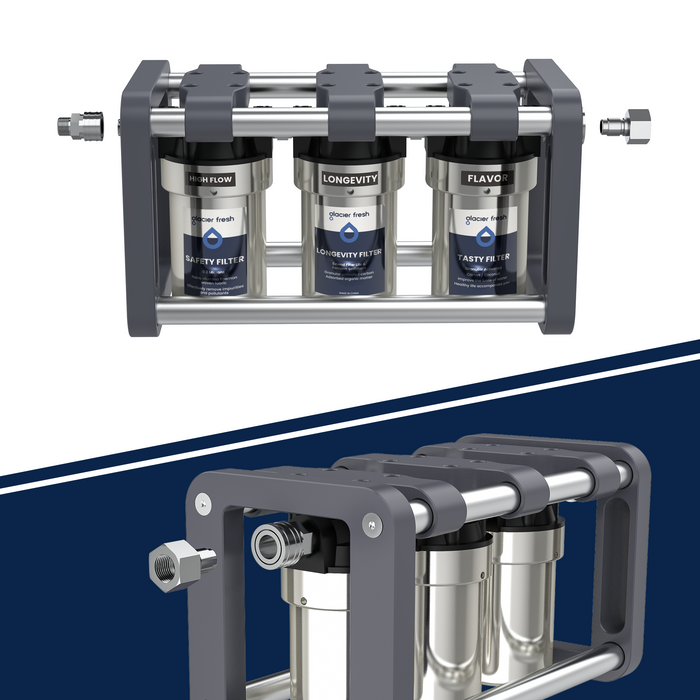As the global demand for fresh water continues to rise, the need for effective oceanic journey water solutions has never been more critical. Desalination, the process of removing salt from seawater, is emerging as a viable solution. However, traditional methods often consume significant energy, raising concerns about sustainability. This article explores innovative approaches that harness renewable energy to make desalination more efficient and environmentally friendly.

The Role of Renewable Energy in Desalination
Desalination technologies have evolved significantly, particularly with the integration of renewable energy sources. By utilizing solar, wind, and wave energy, these oceanic journey water solutions can reduce reliance on fossil fuels. For instance, solar desalination plants can convert sunlight into thermal energy, which is then used to evaporate seawater. This method not only lowers operational costs but also minimizes carbon emissions.
"Harnessing renewable energy for desalination is not just a trend; it's a necessity for sustainable water management." - Water Solutions Expert
Innovative Technologies in Oceanic Journey Water Solutions
Several cutting-edge technologies are currently transforming the landscape of desalination:
- Reverse Osmosis (RO): This method uses a semi-permeable membrane to separate salt from water. Recent advancements have improved membrane efficiency, reducing energy consumption.
- Solar Desalination: Utilizing solar stills or solar-powered reverse osmosis systems, this approach harnesses the sun's energy to produce fresh water.
- Wave Energy Conversion: By capturing energy from ocean waves, this technology powers desalination processes, offering a sustainable solution for coastal communities.
Case Studies: Successful Implementations
Several projects worldwide exemplify the successful application of oceanic journey water solutions. For example, the Solar Desalination Plant in Abu Dhabi utilizes solar energy to produce over 1 million gallons of fresh water daily. Similarly, the Wave Energy Desalination Project in Australia demonstrates how harnessing ocean waves can provide a sustainable water source for remote areas.
Challenges and Future Directions
Despite the promising advancements in oceanic journey water solutions, challenges remain. High initial costs, technological limitations, and environmental impacts must be addressed. However, ongoing research and development are paving the way for more efficient systems. As these technologies mature, they hold the potential to revolutionize water treatment and ensure access to clean water for all.
Conclusion: A Sustainable Future Awaits
In conclusion, the integration of renewable energy into desalination processes represents a significant step forward in oceanic journey water solutions. By embracing these innovations, we can address the global water crisis while promoting sustainability. As we look to the future, it is essential to continue investing in research and development to unlock the full potential of these technologies.
References








